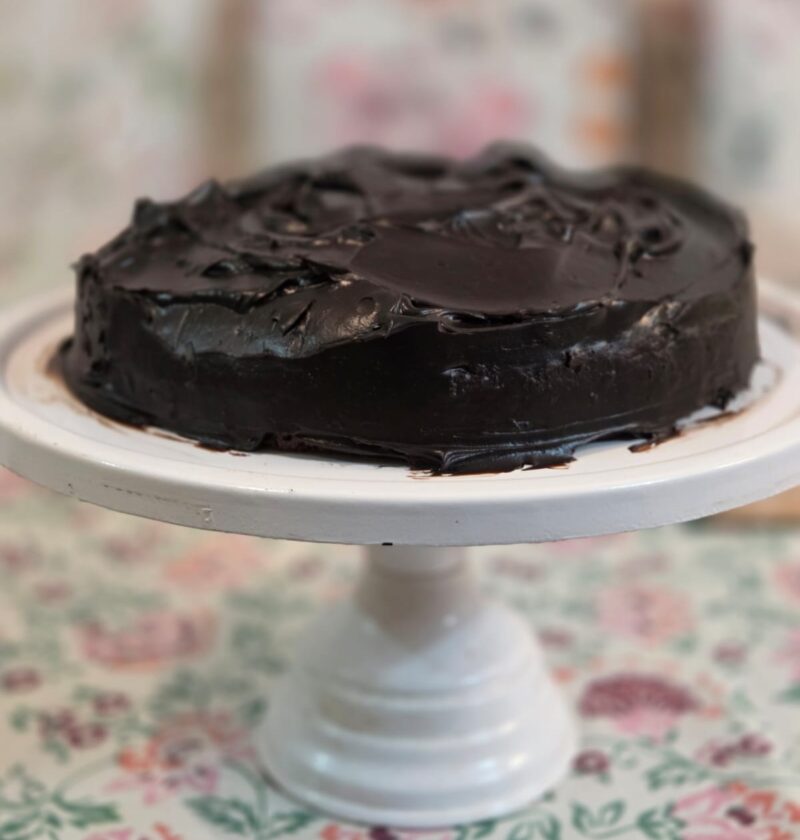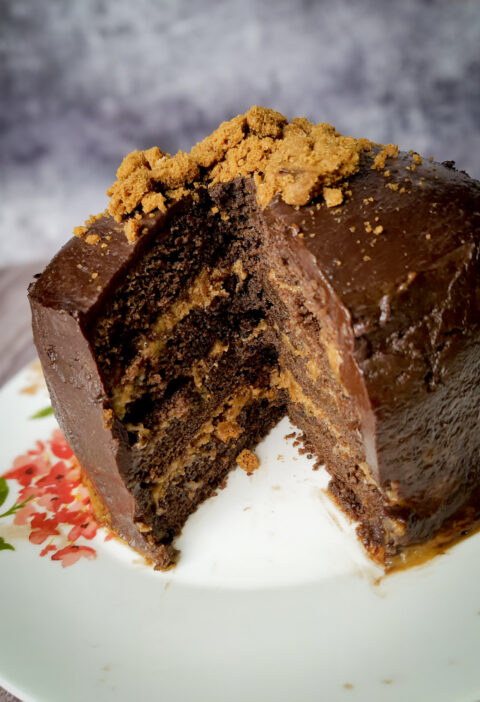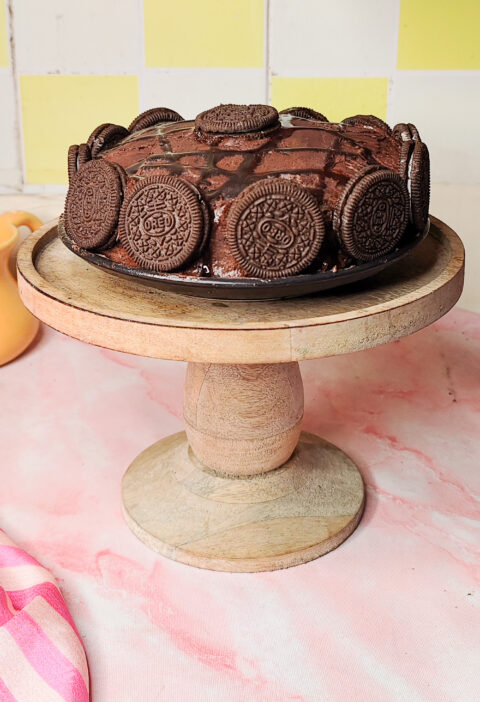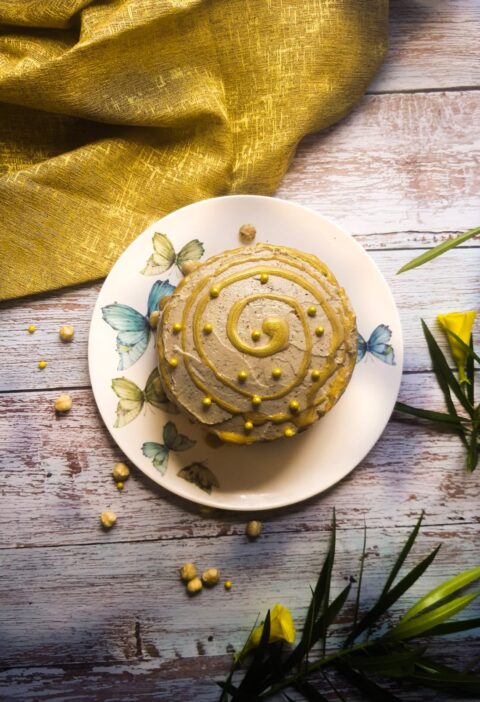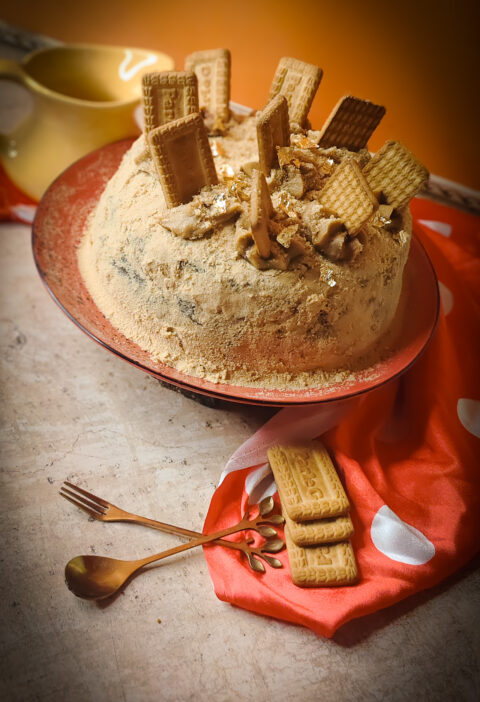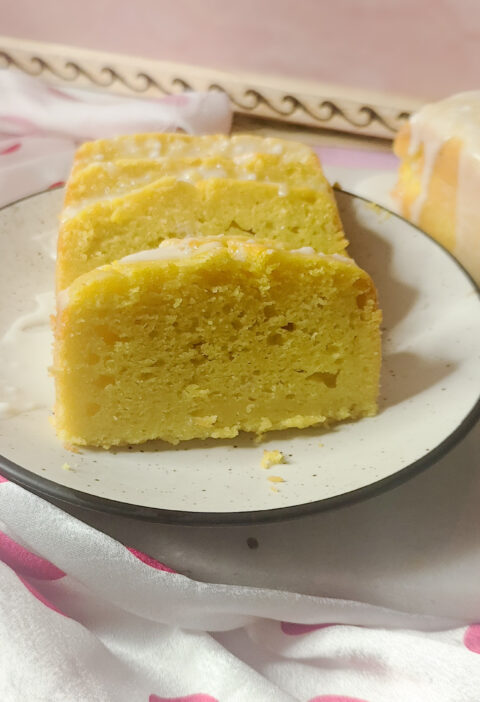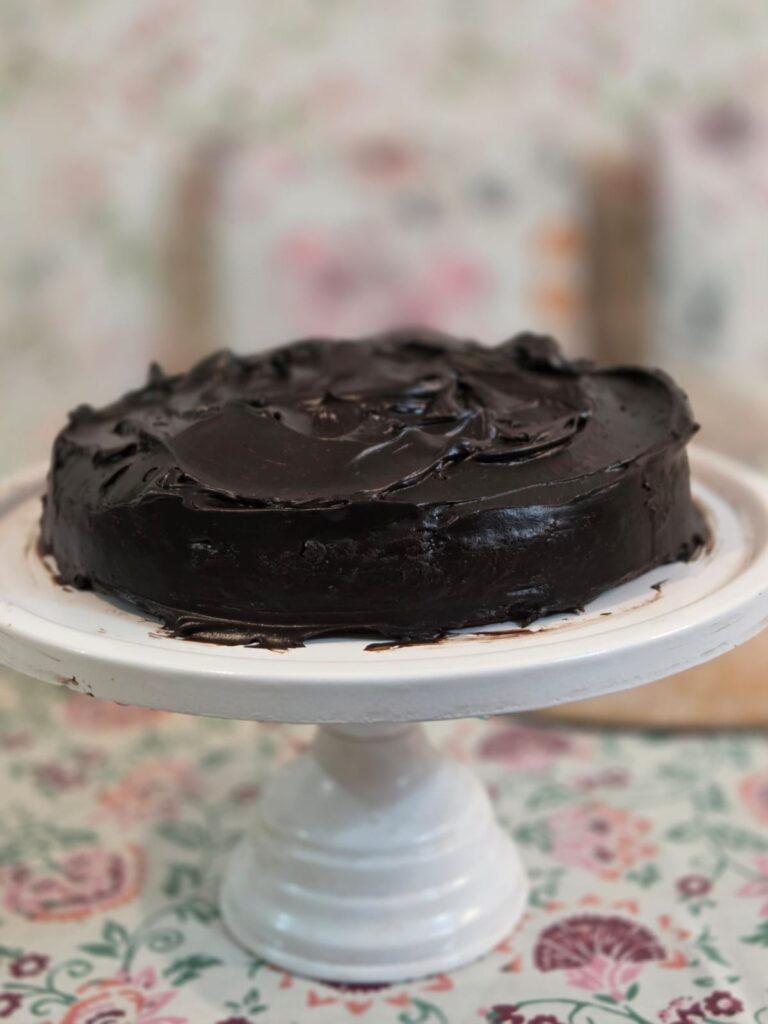
Wacky Cake, also known as Depression Cake, is a delightful and quirky dessert born out of necessity during tough times. Originating in the United States during the Great Depression and becoming especially popular during World War II, this cake is famously made without eggs, butter, or milk — ingredients that were rationed or hard to come by at the time.
Despite its humble origins and minimalist ingredient list, Wacky Cake surprises with its moist, rich texture and deep chocolate flavor. The magic lies in the clever chemistry: baking soda and vinegar react to create lift, making the cake tender and fluffy. All the ingredients are typically mixed right in the baking pan, making it easy, economical, and mess-free — part of its enduring charm.
Wacky Cake isn’t just a piece of culinary history; it’s a testament to creativity, resilience, and the joy of making something indulgent from very little. Today, it’s cherished not only for its simplicity but also for being naturally vegan, making it a favorite in modern kitchens around the world.
I made my Wacky Cake and smothered it with a rich chocolate ganache — because why not go all in? But the beauty of this cake is its versatility. You can frost it with whatever you like — classic buttercream, a dusting of powdered sugar, whipped coconut cream, or even leave it plain. No matter how you dress it up, this simple, eggless wonder never disappoints.
The Science Behind Wacky Cake
Wacky Cake may seem like magic, but it’s pure kitchen science at work — especially impressive since it’s made without eggs, butter, or milk.
The key players? Baking soda and vinegar.
When these two ingredients combine, they undergo an acid-base reaction, creating carbon dioxide gas. These tiny bubbles get trapped in the batter, helping the cake rise and giving it a light, fluffy texture, just like eggs or chemical leaveners would in a traditional cake.
Here’s a closer look at the science:
- Baking Soda (Sodium Bicarbonate): A base that needs an acid to activate it.
- Vinegar (Acetic Acid): Reacts with baking soda to release CO₂.
- Oil: Provides moisture and richness, replacing the fat of butter.
- Water: Activates the dry ingredients and makes the batter smooth.
- Flour & Sugar: The structure and sweetness, as in most cakes.
- Cocoa Powder (optional): When included, it not only adds flavor but is slightly acidic, which can also help activate the baking soda.
Since there are no eggs, which usually help bind and emulsify in traditional baking, the balance of wet and dry ingredients is carefully designed to give the batter enough structure to hold together while staying moist.
My Wacky Cake (Inspired by Allrecipes)
I followed the classic Wacky Cake recipe from Allrecipes — a timeless, eggless chocolate cake that whips up with just a few pantry staples and zero fuss. No eggs, no butter, no milk — just science, simplicity, and a whole lot of flavor!
After baking, I took it a step further and smothered it in a rich, silky chocolate ganache, but you can top it with anything you like — buttercream, peanut butter frosting, or even enjoy it plain with a dusting of icing sugar.
This recipe is a keeper — moist, soft, and so easy, it almost feels like magic.
Full credit to Allrecipes for the base recipe, and endless love to whoever first baked this during the Great Depression.
Ingredients
Instructions
- Directions
- Preheat the oven to 350 degrees F (175 degrees C).
- Sift flour, sugar, cocoa powder, baking soda, and salt together in an 8×8-inch ungreased cake pan. Make 3 depressions in flour mixture; pour oil into one well, vinegar into second, and vanilla into third well. Pour water over all, then stir with a fork until well blended.
- Bake in the preheated oven until a toothpick inserted into the center comes out clean, 30 to 40 minutes.

